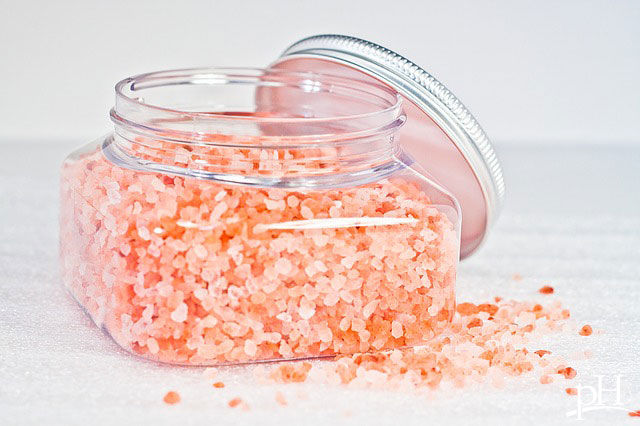What type of salt should you be sprinkling?
9 years ago | Nutrition
By pH health care professionals
All salt is not created equal — though yes, it’s all of the earth!
According to the Culinary Institute of America, all types of salt are 40 percent sodium (Na) and 60 percent chloride (Cl). Table salt comes in the form of granular cubes, and most of the table salt you buy in the U.S. is iodized to prevent goiters (enlargement of the thyroid). There were a lot of goiters in America before scientists figured out what to do.
The one some recipes call for, kosher salt, is table salt compressed. It dissolves better and sticks to food more. You can see why it’s desirable for chefs. But if a recipe from a “real” chef (not a food or hobbyist blog) calls for table salt, you will need to use almost twice as much kosher or sea salt to achieve the same flavor!
Sea and bay salts arise when natural salt water evaporates. They taste different depending on where they come from, due to the different minerals in the seawater.
Canning and pickling salts are the purest, and are used to prevent discoloration of food being salt-cured.
Coarse rock salt is what you use in a crank ice cream maker. It might look gray from impurities. Non-food grade rock salt could contain arsenic.
Himalayan salt contains dozens of trace minerals and elements. That and its attractive pink color have led to its being highly sought after for use in cooking and seasoning. Some people think that Himalayan salt can help with inflammatory conditions like arthritis, gout and asthma, and that it can rid the body of toxic metals.
According to salt expert Mark Bitterman, natural salts include anywhere from 3 to 33 percent trace minerals. Industrial sea salt contrasts dramatically, refined to 99.8 percent pure sodium chloride. Both are necessary for your body in small amounts. Shoot for 2 grams of sodium total per day in all your food and drink. After that, the taste of the salt you choose is up to you!
Enjoy Your Healthy Life!
The pH professional health care team includes recognized experts from a variety of health care and related disciplines, including physicians, health care attorneys, nutritionists, nurses and certified fitness instructors. To learn more about the pH Health Care Team, click here.







